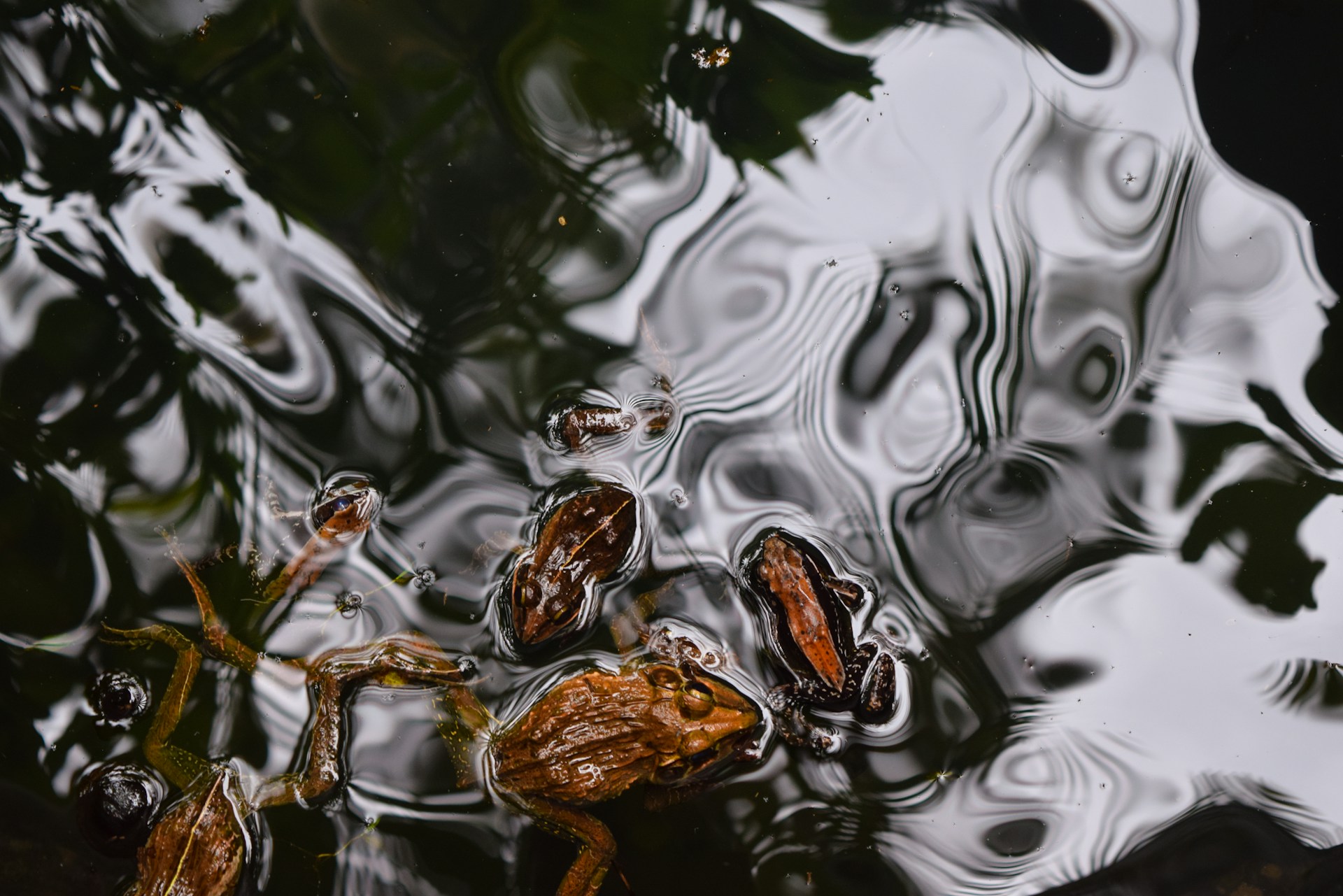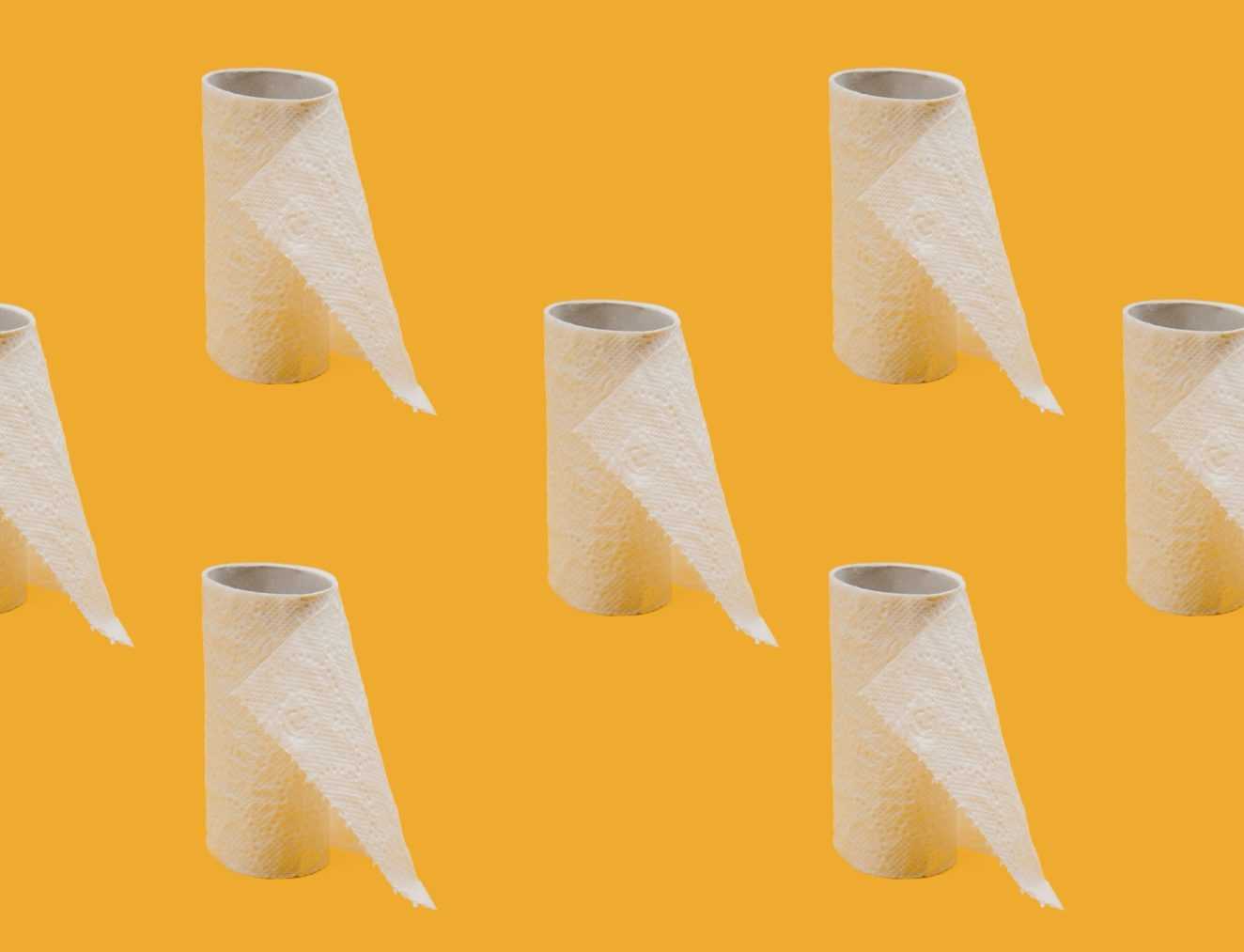Did you know that the blood pumping through your veins is like a fingerprint—totally unique and specific to you? You’ve probably heard of the classic blood types A, B, AB, and O, but do you know why they exist in the first place? What’s the deal with these mysterious blood types? Is it some evolutionary oddity, or is there a bigger reason we’re all carrying different blood markers?
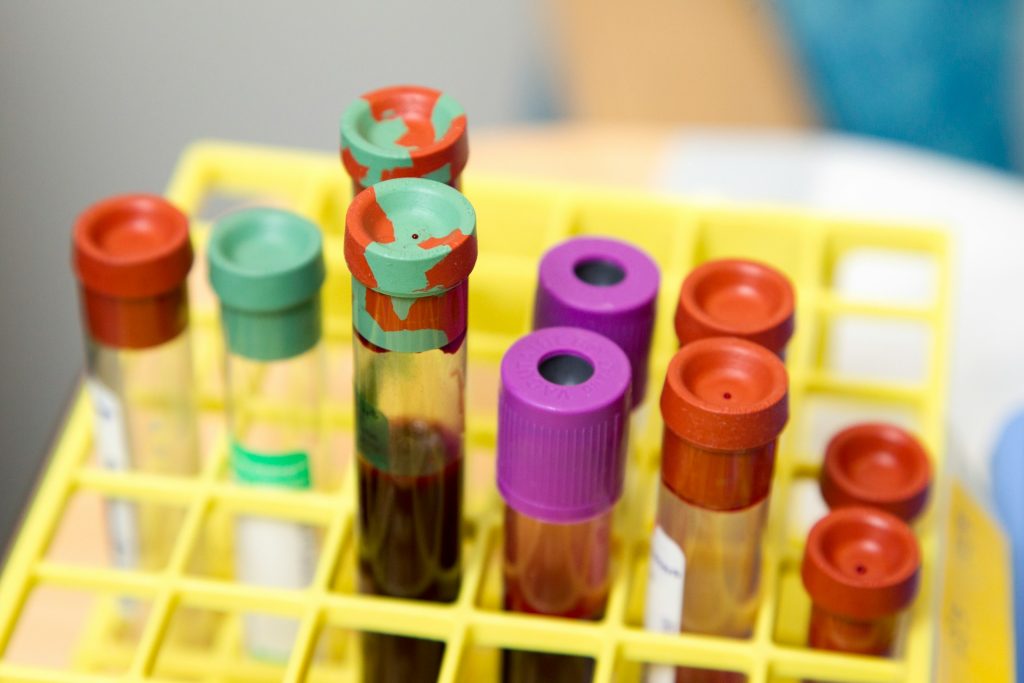
Get ready because we’re diving into the wild and fascinating world of blood types, where we’ll explore how ancient diseases, evolution, and even parasites have played a role in shaping the type of blood that runs through our bodies today. So let’s find out why your blood type might just be one of the most important things about you!
The Basics: What’s My Blood Type Anyway?
Let’s start off with a quick science lesson on what makes your blood type, well, your blood type. Essentially, your blood type is determined by the presence (or absence) of specific proteins called antigens on the surface of your red blood cells. There are four main blood types:
- Type A: Has the A antigen on the surface of red blood cells.
- Type B: Has the B antigen.
- Type AB: Has both A and B antigens.
- Type O: Has neither A nor B antigens.
These antigens are super important when it comes to medical stuff like blood transfusions. You don’t want to mix incompatible blood types because that can cause serious problems! But what’s truly fascinating is how these blood types came to be—and spoiler alert: it has a lot to do with ancient survival strategies and even some pretty terrifying diseases.
Malaria: The Unexpected Hero Behind Blood Types
Okay, this is where things get interesting. According to Dr. Claudia Cohn, a medical director at the University of Minnesota’s blood bank, one of the biggest reasons we have different blood types is due to an ancient enemy: malaria. Yep, that mosquito-borne menace that still plagues parts of the world today played a huge role in the evolution of blood types. Crazy, right?
Here’s how it works: Malaria is caused by parasites that infect red blood cells, making them clump together and block blood flow. In severe cases, this can cause the infected person to die. But here’s the kicker—people with type O blood seem to have some natural protection against malaria. A study from 2007 found that those with type O blood were a whopping 66% less likely to develop severe malaria than people with other blood types. Why? It’s all down to the way the malaria parasite interacts with red blood cells.
The parasite makes infected red blood cells stick together using a protein called RIFIN, kind of like glue. But here’s the twist—RIFIN doesn’t stick as well to type O red blood cells. So, while people with type A blood have a higher risk of severe infection, type O blood cells make it harder for the malaria parasite to form deadly clumps. It’s like having a biological anti-clumping feature built right in!
This is why, in places where malaria is rampant—like many parts of Africa—you’ll find a much higher prevalence of type O blood. Over thousands of years, this protective trait helped people survive, allowing type O to become the dominant blood type in malaria-prone regions.
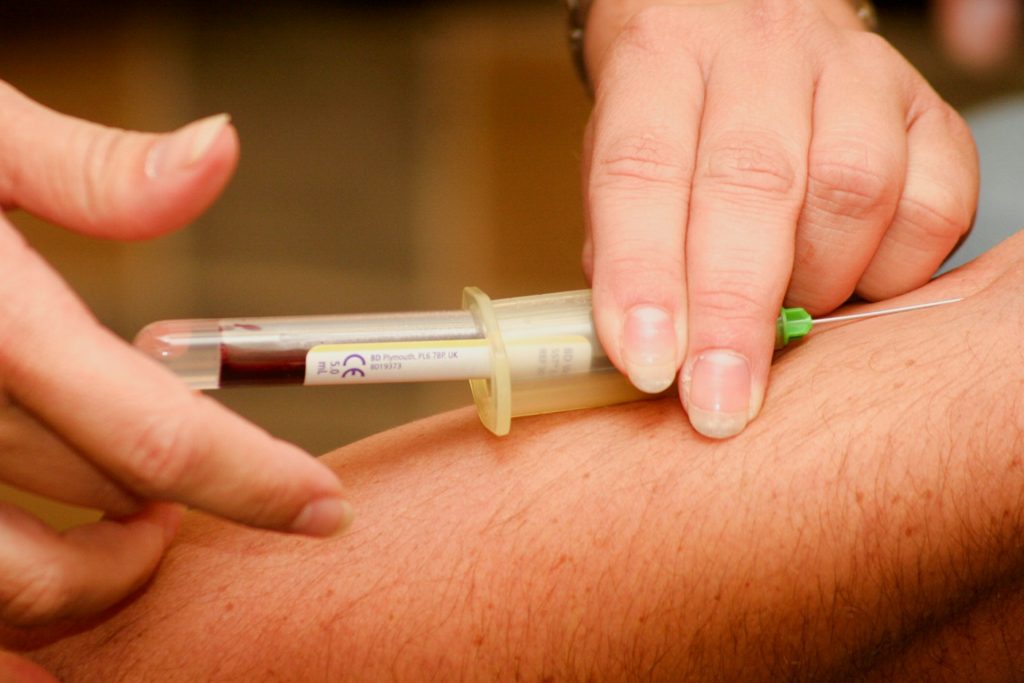
More Than Just O: The Duffy Antigen Mystery
But blood type protection doesn’t stop with just the ABO system. Ever heard of the Duffy antigen? Probably not, but it plays a massive role in malaria resistance too. Some people, particularly in sub-Saharan Africa, lack this Duffy antigen, which makes them resistant to certain strains of malaria. Pretty cool, right?
This little-known antigen has shaped the blood makeup of entire populations. If you map where malaria is most prevalent, it lines up eerily well with places where Duffy negativity (meaning, no Duffy antigen) is common. Evolution really went all out when it came to protecting us from malaria!
The Catch: Blood Types and Other Diseases
Now, you might be wondering, “If type O is so great for avoiding malaria, why do we even have other blood types?” Good question! While type O blood is protective against malaria, it might leave you vulnerable to other diseases. For example, studies have found that people with type O blood might be more susceptible to things like cholera, plague, tuberculosis, and mumps. Yikes!
On the flip side, type A, B, and AB blood might offer some advantages in other ways. For instance, people with type AB blood are more prone to infections like Salmonella and E. coli, but less susceptible to diseases like smallpox. Each blood type has its own strengths and weaknesses, depending on the specific disease environment.
That said, Dr. Cohn isn’t convinced these associations are the primary reason for our different blood types. She believes that while these links exist, malaria is the only disease that truly stands out as having played a significant role in shaping blood type evolution. For other diseases, the connections between blood type and disease risk are a lot murkier.
Rh Factor: The + and – You Didn’t Know You Needed
Now, we can’t talk about blood types without mentioning that little + or – that comes after your blood type. That’s your Rhesus factor, or Rh factor for short. It refers to another protein that can either be present (Rh positive) or absent (Rh negative) on the surface of your red blood cells.
What’s fascinating is that while most people are Rh positive, a small percentage of the population is Rh negative. For example, about 15% of Caucasians, 8% of Black people, and only 1% of Asians are Rh negative. But why do we have this difference in Rh status? No one really knows for sure! One theory is that the Rh factor might’ve provided some advantage in the past, but we’ve yet to figure out exactly what that was.
Interestingly, being Rh negative can sometimes cause complications during pregnancy. If an Rh-negative mom is carrying an Rh-positive baby, her body might produce antibodies that attack the baby’s blood cells. It’s called rhesus disease, and while it can be serious, modern medicine has ways of preventing it from happening.
Evolution at Its Best (and Weirdest)
So, why do we have different blood types? It turns out, much of it boils down to ancient battles with malaria and other diseases that have shaped human survival. Type O blood, for instance, emerged as a protective mechanism against severe malaria, while other blood types may have stuck around for their own mysterious reasons.
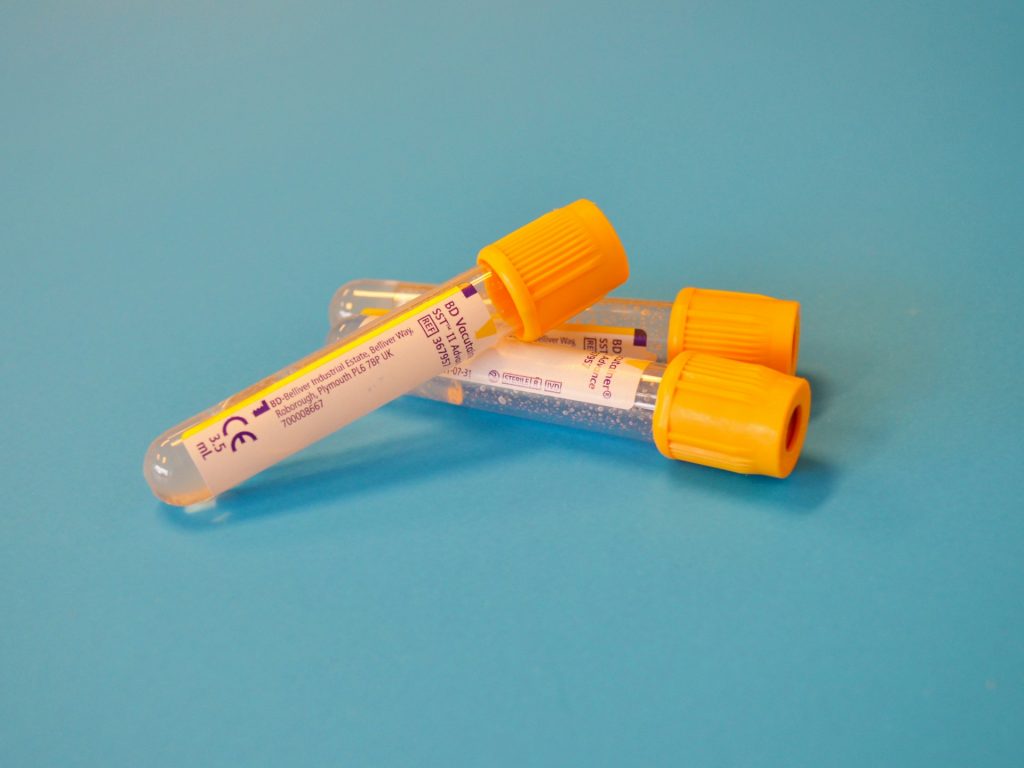
While we may not have all the answers yet, one thing’s for sure: your blood type is more than just a letter on a chart. It’s a story of evolution, adaptation, and survival—proof that our bodies have been fine-tuned over millennia to fight off disease and ensure the survival of the human race. So, next time you’re asked your blood type, wear it like a badge of honor!


